Gear for Spring Landscape Photography
A quick note on equipment: The best lenses and best camera for spring landscape photography are… whatever you own. When it comes to gear, seasonal landscape photography is no different from any other type of landscape photography. That said, it’s a good idea to be able to cover focal lengths from wide angle to moderate telephoto. For most of my work I prefer lenses in the moderately wide range, around 24mm or so. But I’ve used 14mm and even 500mm lenses to create landscape shots during the spring. Really though, if you’ve got a wide angle zoom and a mid-range telephoto, you’ll be set.
Early Spring Landscape Photography – Embrace creativity
Here in Alaska, we refer to the early days of spring as “breakup”. The term refers to the way the ice on the rivers begins to crack, and melt. Eventually (and sometimes catastrophically) it breaks up into chunks and floats away down the river. Rivers aside, this is not a colorful time of year. As I sorted through my Lightroom catalog looking for images to accompany this article, I found I had very few shots from the early days of spring. Because, frankly, it tends to be brown. However, there are stories in that muddy landscape, full of newly melted snow. Of the few images I found, I was surprised to see some old favourites in there. These were images made in creative moments, when I was playing with textures, details and blurs. And there is my first piece of advice for photographing the days of early spring: be creative. A mud puddle of recently melted snow may not be particularly interesting at first glance, but what if it holds reflections? Suddenly that puddle gets a lot more interesting. Experiment with your camera settings. Try for a long shutter speed that will allow you to blur an image by moving your camera. 1/4 or 1/2 second is often about right for purposeful blurs. Done right, purposeful blurs will create painterly images, or abstractions of color and light from an otherwise bland, brown landscape. In the early spring, when the world looks a bit sad and brown, you need to break away from the typical formulas of landscape photography, and create new things. Early spring is also a time of drama as spring storms roll through the landscape. When the meadows and forests are still brown, you can often look to the skies to find drama. To capture the drama of a thunderstorm, use a tripod and compose your image. Then, stoop down your aperture to get the longest shutter speed you can. Last, using a remote shutter release, shoot one shot after the other and cross your fingers that lightning pops while your shutter is open. The image below is a five second exposure stopped down to f22 at ISO 100.
Mid-Spring Landscape Photography – Find the Color
Here in Alaska, spring comes late, and happens fast. One day, it seems the world is still half covered in snow, and the next, wildflowers are appearing from the ground in a wild burst of color. Spring is also a finicky season that comes on strong with warmth and sun, only to be followed by a late snow-storm that covers all that new life in a layer of half-frozen slush. This constant change is a blessing and a curse when it comes to photography. Some of my best spring landscape images have been made during the crazy weather of the season. I was once guiding a wilderness photography workshop in far northern Alaska in early June (that’s spring in the arctic), and my group and I were hit by a late season snowstorm. We woke after a cold night to 10cm of snow on our tents and the surrounding tundra. But the sun had emerged and the landscape was bright and beautiful. I quickly grabbed my camera and headed out to make images of the spring wildflowers juxtaposed in their blanket of snow. Even when the weather hasn’t gone bonkers, mid-spring is still a great time to make images. New growth is starting on the plants, and flowers are emerging from the previously brown and muddy ground. Use those new, colorful elements as the subject of your photographs, then place them into context.
Step Forward, Step Back
On my landscape photography workshops, I have my students do an exercise I call “Step Forward, Step Back”. In short, you find a detail in the landscape, a flower, a new leaf, a river stone, etc, and photograph it close up. Then, you step back and put that detail into the context of its surroundings. This exercise is particularly effective in spring when there is new and interesting subject matter emerging everywhere. Concentrate on a detail, and then use that detail to set the stage for a larger landscape.
Late Spring Landscape Photography – Summer is Coming
In late spring, the season has gone to color. Wildflower meadows are in full bloom, and the trees and shrubs are leafed out with fresh, bright green leaves. I spend a lot of time in the mountains during this time of year. Walking across an alpine meadow or a tundra field, can take hours because I am constantly distracted by a new wildflower or singing bird. It seems the landscape is erupting with life. This is the time of year to embrace color. Allow your images to become awash with it. But how? Wildflower meadows, to our eyes, look amazingly colorful. Flowers of red and white and blue and purple erupt from every corner of our vision. And yet, images often struggle to show that same vivid scene. Why? Our eyes will select those points of color as our focus, while in images, the flowers become specks of color in an otherwise green space. That means our images have to do what they can to emphasize the points of color, and there are two ways to easily do this. The first is to get close. Get up near your subject and make it large in the frame. Don’t exclude the surroundings, but definitely force emphasis on the bright subject. Make it dominate your composition. The second method is to get low. From a standing position, an image of a wildflower meadow will appear mostly green, but lay down in that grass, and the colors emerge. Flowers stand a bit higher than the surrounding vegetation and by getting low, we can make more of our frame include elements of color. By combining these two tools, getting close and getting low, you can create a mosaic of spring color within your landscape.
Photo Tip:
Experiment with different apertures. A wide aperture will narrow your depth of field drawing attention to your subject, while blurring other areas of your frame. Alternatively, when you have a greater landscape that warrants attention from your viewers select a small aperture for a deep depth of field so most or all of your image will be in focus. Both strategies can work, so experiment with your scene to see which you prefer.
Conclusion
Consider the spring season, and the changes it brings to the landscape. These are the stories of spring, and the stories you need to portray in your images. While there is a lot of discussion elsewhere on the technical aspects of photography, the camera bodies, settings, and lenses, those are not the essence of photography. Good images emerge from how you choose to tell the stories of the places and times you photograph. Spring is a great time of year to practice because nature’s stories are obvious. They are right there, happening before your eyes. You just need to pick up your camera and go find some amazing spring landscapes to photograph.
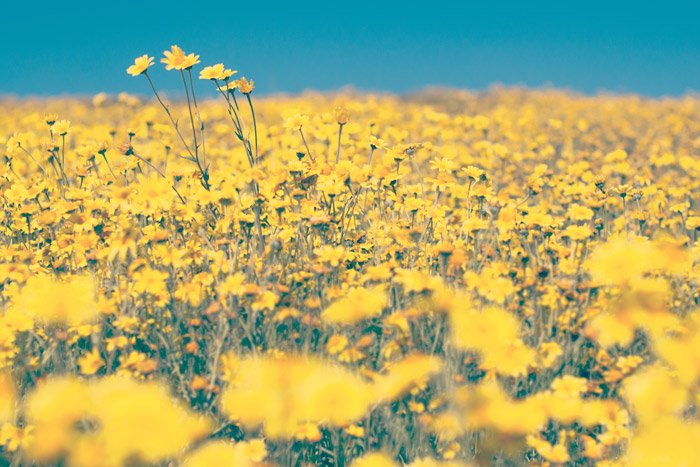


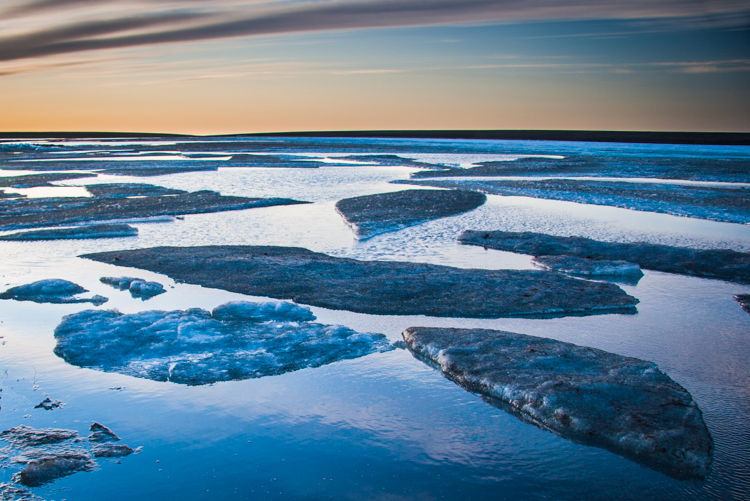
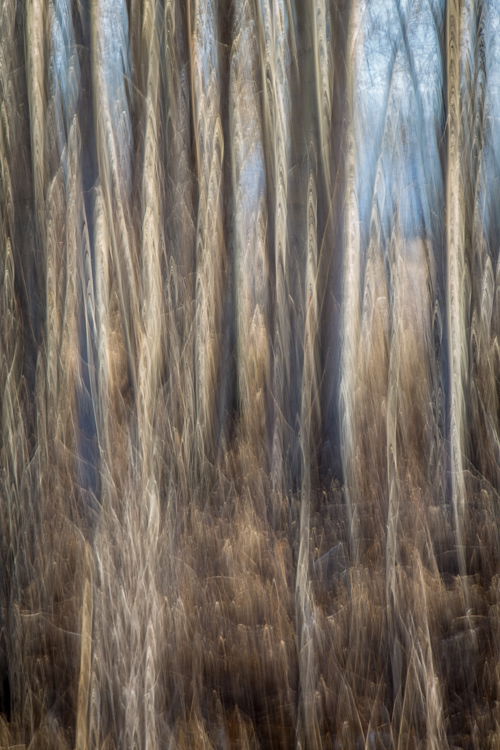
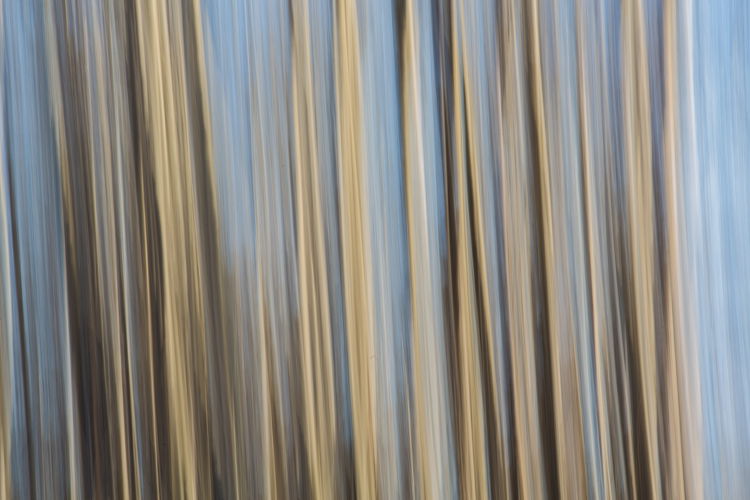
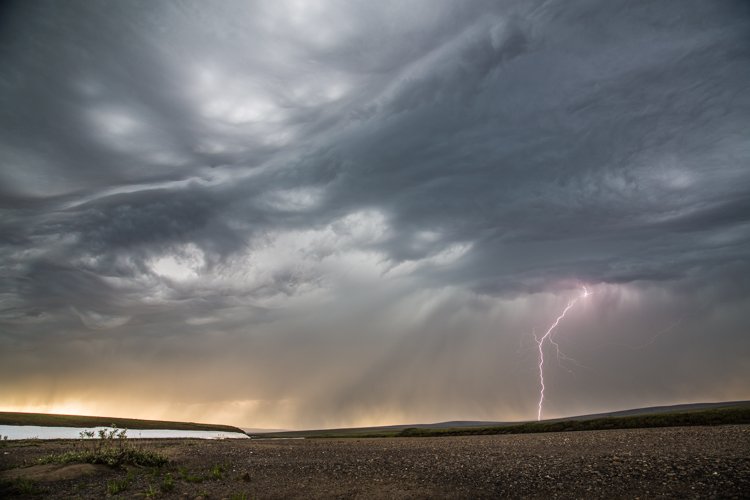
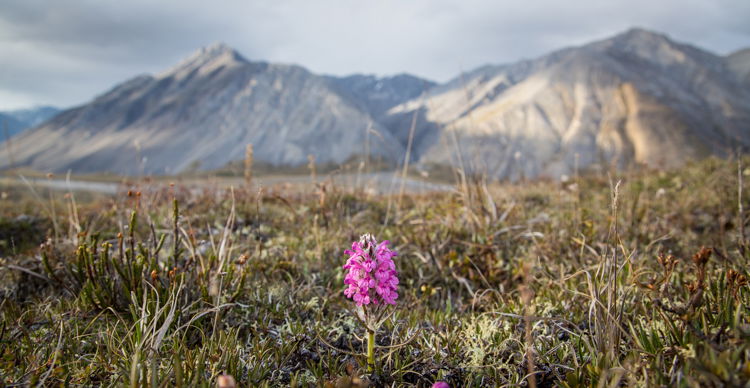
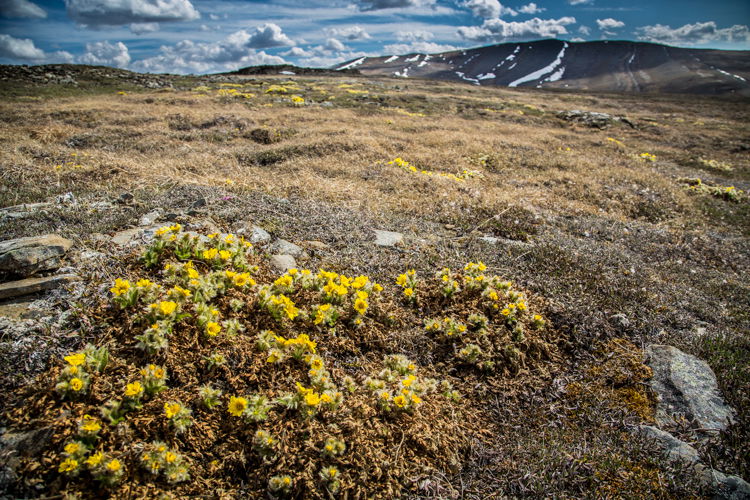
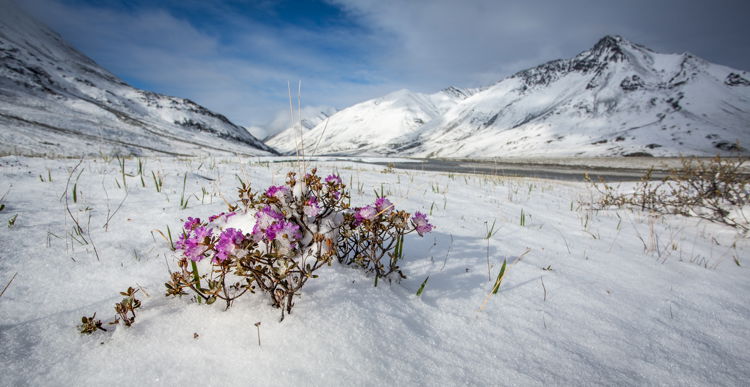


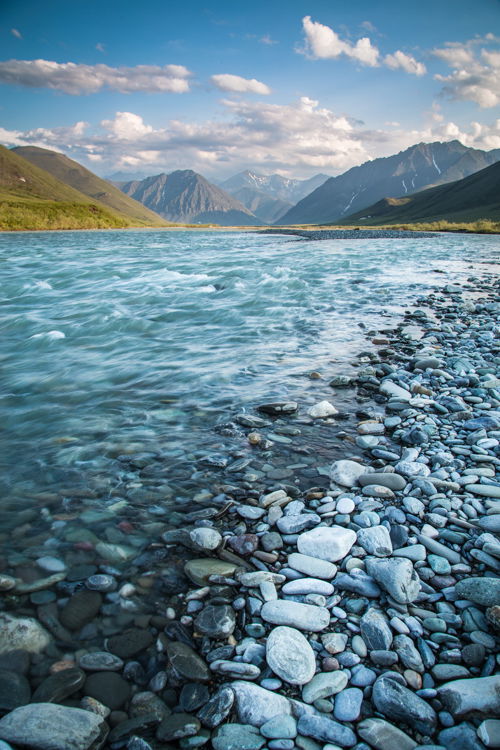


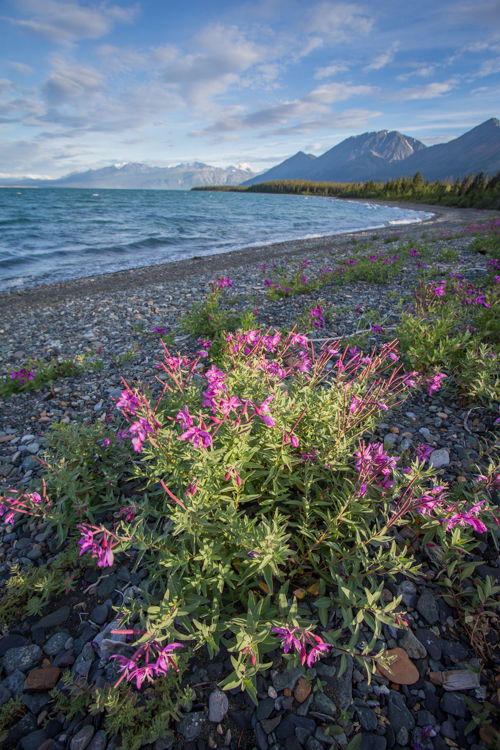
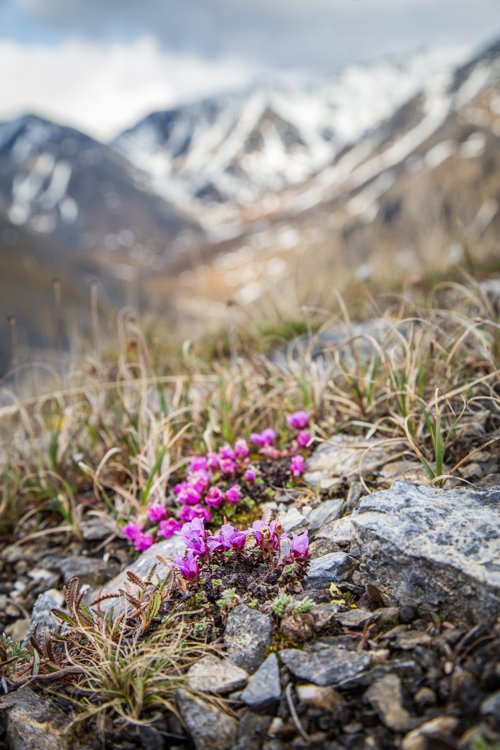

title: “Best Tips To Improve Your Spring Landscape Photography” ShowToc: true date: “2023-01-30” author: “Sharon Whetstone”
Gear for Spring Landscape Photography
A quick note on equipment: The best lenses and best camera for spring landscape photography are… whatever you own. When it comes to gear, seasonal landscape photography is no different from any other type of landscape photography. That said, it’s a good idea to be able to cover focal lengths from wide angle to moderate telephoto. For most of my work I prefer lenses in the moderately wide range, around 24mm or so. But I’ve used 14mm and even 500mm lenses to create landscape shots during the spring. Really though, if you’ve got a wide angle zoom and a mid-range telephoto, you’ll be set.
Early Spring Landscape Photography – Embrace creativity
Here in Alaska, we refer to the early days of spring as “breakup”. The term refers to the way the ice on the rivers begins to crack, and melt. Eventually (and sometimes catastrophically) it breaks up into chunks and floats away down the river. Rivers aside, this is not a colorful time of year. As I sorted through my Lightroom catalog looking for images to accompany this article, I found I had very few shots from the early days of spring. Because, frankly, it tends to be brown. However, there are stories in that muddy landscape, full of newly melted snow. Of the few images I found, I was surprised to see some old favourites in there. These were images made in creative moments, when I was playing with textures, details and blurs. And there is my first piece of advice for photographing the days of early spring: be creative. A mud puddle of recently melted snow may not be particularly interesting at first glance, but what if it holds reflections? Suddenly that puddle gets a lot more interesting. Experiment with your camera settings. Try for a long shutter speed that will allow you to blur an image by moving your camera. 1/4 or 1/2 second is often about right for purposeful blurs. Done right, purposeful blurs will create painterly images, or abstractions of color and light from an otherwise bland, brown landscape. In the early spring, when the world looks a bit sad and brown, you need to break away from the typical formulas of landscape photography, and create new things. Early spring is also a time of drama as spring storms roll through the landscape. When the meadows and forests are still brown, you can often look to the skies to find drama. To capture the drama of a thunderstorm, use a tripod and compose your image. Then, stoop down your aperture to get the longest shutter speed you can. Last, using a remote shutter release, shoot one shot after the other and cross your fingers that lightning pops while your shutter is open. The image below is a five second exposure stopped down to f22 at ISO 100.
Mid-Spring Landscape Photography – Find the Color
Here in Alaska, spring comes late, and happens fast. One day, it seems the world is still half covered in snow, and the next, wildflowers are appearing from the ground in a wild burst of color. Spring is also a finicky season that comes on strong with warmth and sun, only to be followed by a late snow-storm that covers all that new life in a layer of half-frozen slush. This constant change is a blessing and a curse when it comes to photography. Some of my best spring landscape images have been made during the crazy weather of the season. I was once guiding a wilderness photography workshop in far northern Alaska in early June (that’s spring in the arctic), and my group and I were hit by a late season snowstorm. We woke after a cold night to 10cm of snow on our tents and the surrounding tundra. But the sun had emerged and the landscape was bright and beautiful. I quickly grabbed my camera and headed out to make images of the spring wildflowers juxtaposed in their blanket of snow. Even when the weather hasn’t gone bonkers, mid-spring is still a great time to make images. New growth is starting on the plants, and flowers are emerging from the previously brown and muddy ground. Use those new, colorful elements as the subject of your photographs, then place them into context.
Step Forward, Step Back
On my landscape photography workshops, I have my students do an exercise I call “Step Forward, Step Back”. In short, you find a detail in the landscape, a flower, a new leaf, a river stone, etc, and photograph it close up. Then, you step back and put that detail into the context of its surroundings. This exercise is particularly effective in spring when there is new and interesting subject matter emerging everywhere. Concentrate on a detail, and then use that detail to set the stage for a larger landscape.
Late Spring Landscape Photography – Summer is Coming
In late spring, the season has gone to color. Wildflower meadows are in full bloom, and the trees and shrubs are leafed out with fresh, bright green leaves. I spend a lot of time in the mountains during this time of year. Walking across an alpine meadow or a tundra field, can take hours because I am constantly distracted by a new wildflower or singing bird. It seems the landscape is erupting with life. This is the time of year to embrace color. Allow your images to become awash with it. But how? Wildflower meadows, to our eyes, look amazingly colorful. Flowers of red and white and blue and purple erupt from every corner of our vision. And yet, images often struggle to show that same vivid scene. Why? Our eyes will select those points of color as our focus, while in images, the flowers become specks of color in an otherwise green space. That means our images have to do what they can to emphasize the points of color, and there are two ways to easily do this. The first is to get close. Get up near your subject and make it large in the frame. Don’t exclude the surroundings, but definitely force emphasis on the bright subject. Make it dominate your composition. The second method is to get low. From a standing position, an image of a wildflower meadow will appear mostly green, but lay down in that grass, and the colors emerge. Flowers stand a bit higher than the surrounding vegetation and by getting low, we can make more of our frame include elements of color. By combining these two tools, getting close and getting low, you can create a mosaic of spring color within your landscape.
Photo Tip:
Experiment with different apertures. A wide aperture will narrow your depth of field drawing attention to your subject, while blurring other areas of your frame. Alternatively, when you have a greater landscape that warrants attention from your viewers select a small aperture for a deep depth of field so most or all of your image will be in focus. Both strategies can work, so experiment with your scene to see which you prefer.
Conclusion
Consider the spring season, and the changes it brings to the landscape. These are the stories of spring, and the stories you need to portray in your images. While there is a lot of discussion elsewhere on the technical aspects of photography, the camera bodies, settings, and lenses, those are not the essence of photography. Good images emerge from how you choose to tell the stories of the places and times you photograph. Spring is a great time of year to practice because nature’s stories are obvious. They are right there, happening before your eyes. You just need to pick up your camera and go find some amazing spring landscapes to photograph.

















